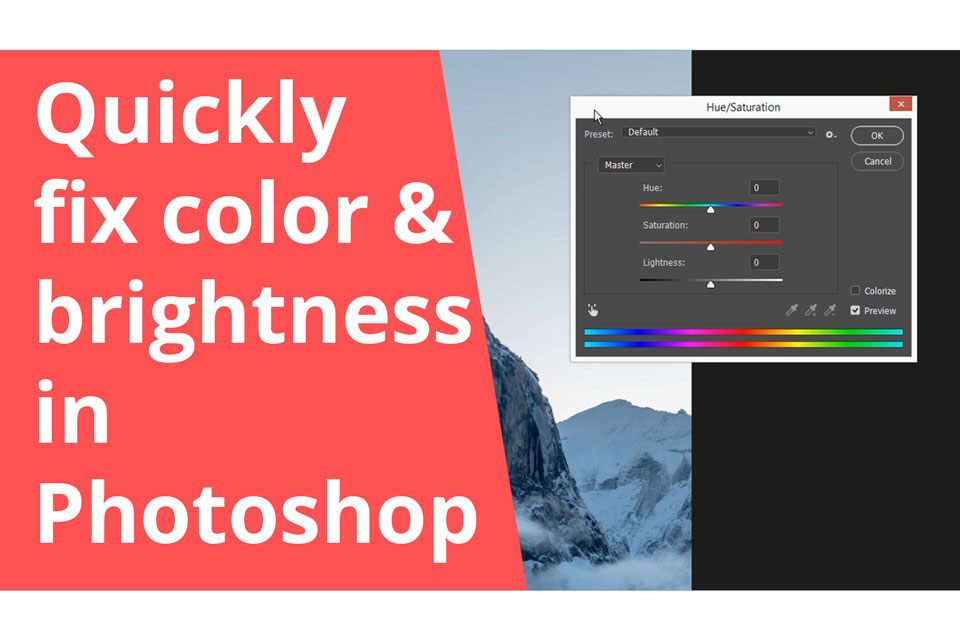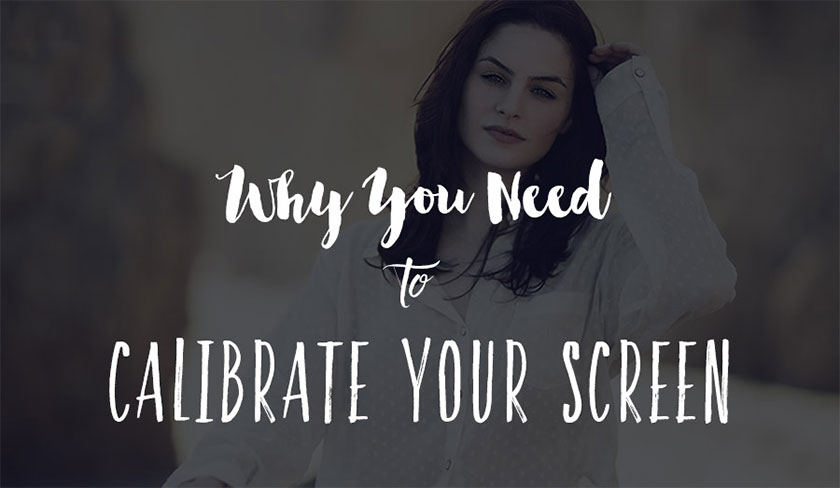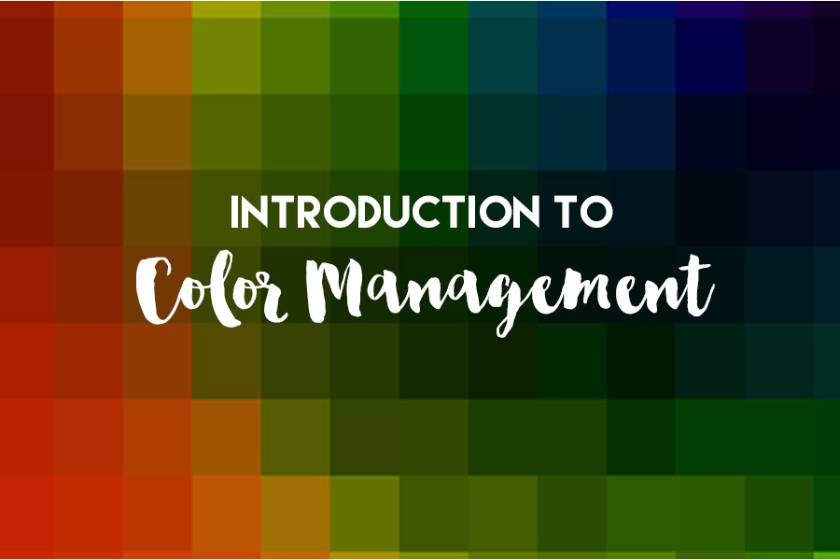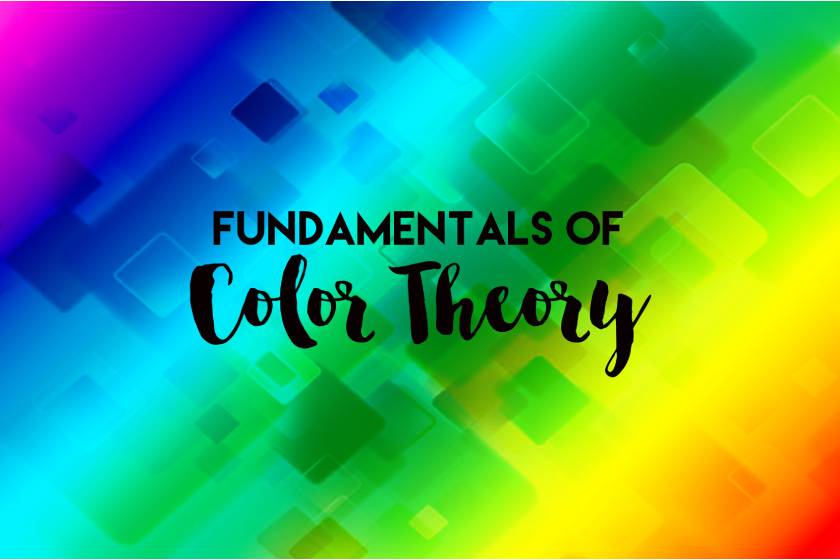Best Selling Products
Camera sensors, megapixels and how they affect post-production results!
Nội dung
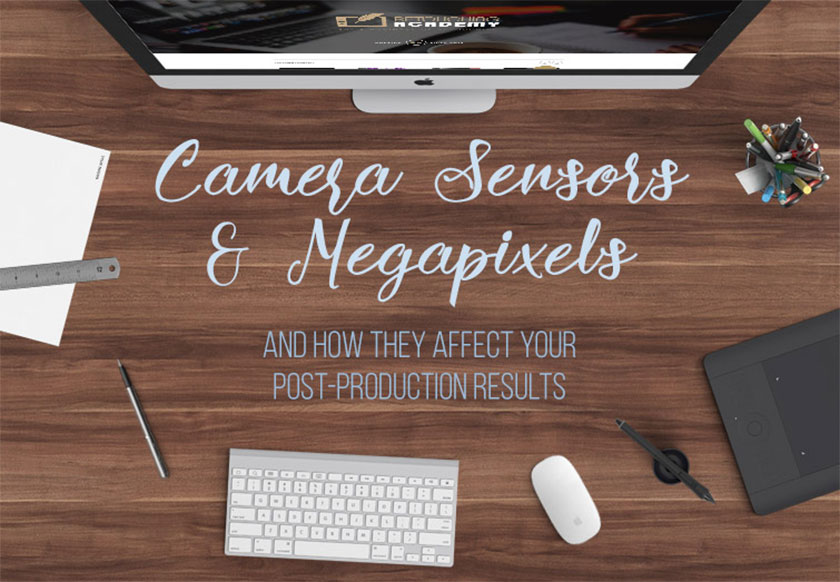
In this article, we want to talk about the differences between sensor types, sizes, megapixels and how they affect post-production, while keeping engineering to a minimum.  Camera sensors
Camera sensors  If both sensors can produce images at 20 megapixels, which will have better quality? The smaller sensor, despite having the same advertised megapixel count, captures less light and captures less information. Therefore, to produce the same megapixel count as a full frame sensor, the camera needs to emulate it by effectively "blowing" the image onto pre-designed megapixel sizes using its internal processor. . This results in images with more pixels and most noticeable distortion when viewing them at 100%. It's important to understand that, in order for a high-megapixel sensor to produce higher quality and more detailed images, size really matters. This doesn't mean you can't take good quality photos with a smaller sensor, but a larger sensor will always deliver the best quality and detail possible. How many megapixels you need, and what size sensor you want to shoot with, will be determined by the type of photography you specialize in as well as your personal preferences. Looking at new technology today, we are seeing major improvements in sensor technology across the entire area, most notably in medium format and full frame CMOS sensors. Take a look at Phase One cameras, for example - the larger sensor sizes in these cameras are able to filter out more light. As a result, more information is obtained, which gives them a great advantage when highly detailed images are required.
If both sensors can produce images at 20 megapixels, which will have better quality? The smaller sensor, despite having the same advertised megapixel count, captures less light and captures less information. Therefore, to produce the same megapixel count as a full frame sensor, the camera needs to emulate it by effectively "blowing" the image onto pre-designed megapixel sizes using its internal processor. . This results in images with more pixels and most noticeable distortion when viewing them at 100%. It's important to understand that, in order for a high-megapixel sensor to produce higher quality and more detailed images, size really matters. This doesn't mean you can't take good quality photos with a smaller sensor, but a larger sensor will always deliver the best quality and detail possible. How many megapixels you need, and what size sensor you want to shoot with, will be determined by the type of photography you specialize in as well as your personal preferences. Looking at new technology today, we are seeing major improvements in sensor technology across the entire area, most notably in medium format and full frame CMOS sensors. Take a look at Phase One cameras, for example - the larger sensor sizes in these cameras are able to filter out more light. As a result, more information is obtained, which gives them a great advantage when highly detailed images are required. 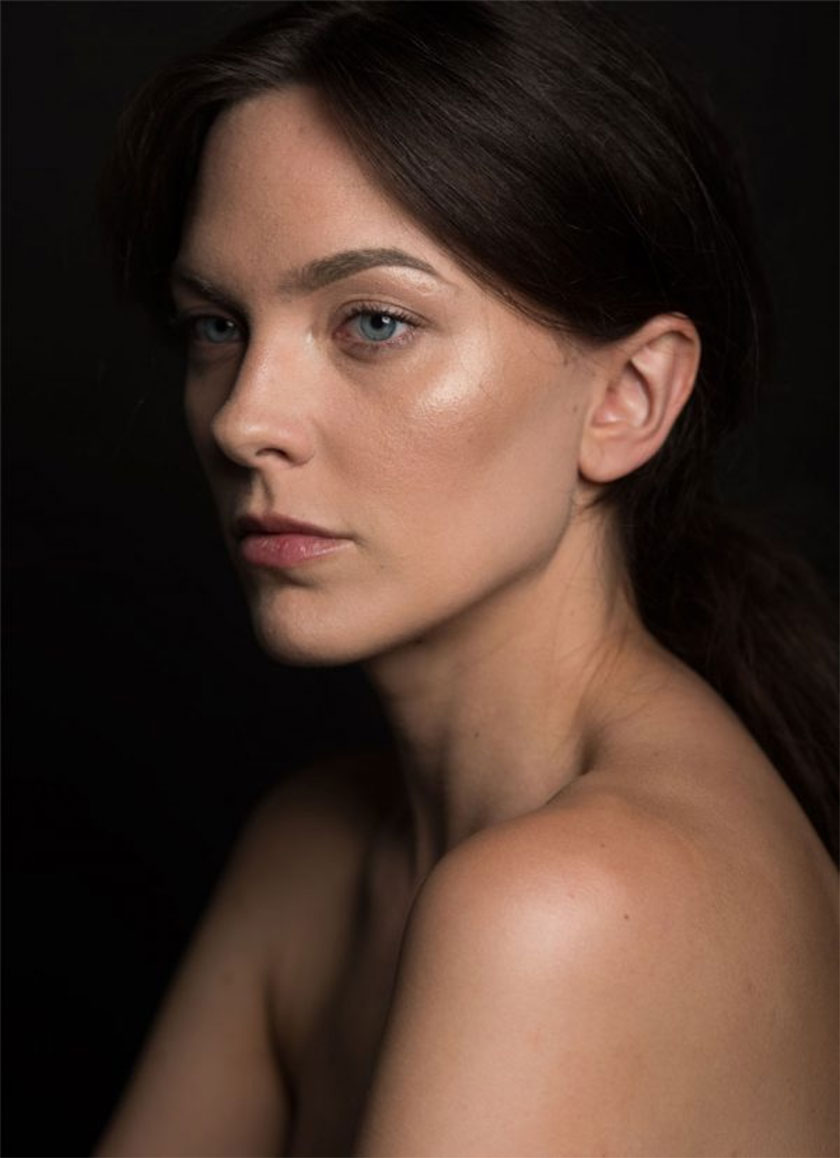
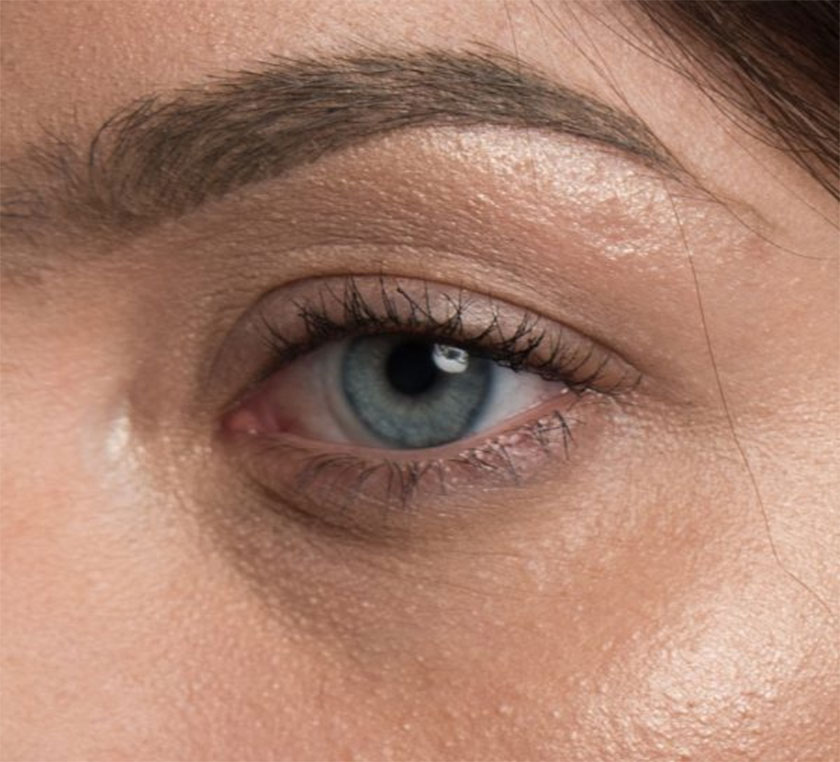 And here's also the image magnified at 457% on a computer screen, just a few steps before the individual pixels are visible:
And here's also the image magnified at 457% on a computer screen, just a few steps before the individual pixels are visible: 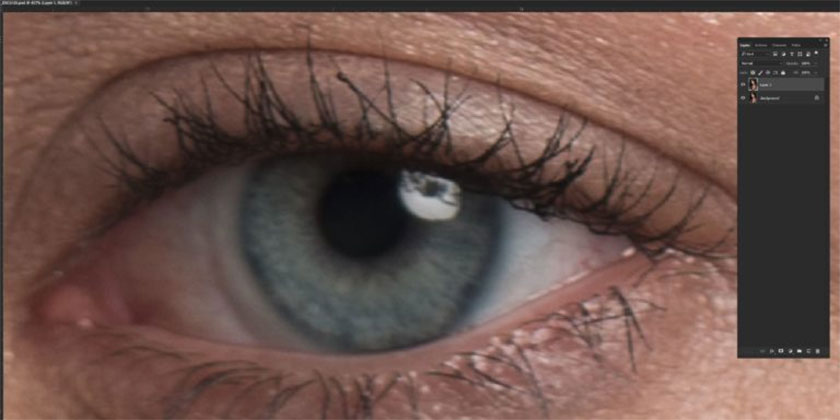 Working with this much detail can yield better results, as you can achieve clarity and editability that cannot be achieved when working with files created with a smaller sensor. These newer, more detailed RAW files allow for pushing and pulling of highlights and shadows without affecting overall quality. Additionally, these large sensors have better color and tone handling straight from the camera with smoother gradations between highlights and shadows. As a result, distortion and color banding are minimized. Even with a severely underexposed image, it is possible to restore it to the correct exposure in the Raw Converter without much loss of detail or quality loss. For example, this wouldn't be possible on an older 12-megapixel sensor. Having said that, it's important to note that, if your work is primarily posted online, then you may not need to make the leap to the biggest sensor you can find. The average format still exceeds 15k$+ for the input level setup. To put it into perspective, let's say your client wants you to produce images for their website, and the largest image ever viewed at 1080 pixels, that means your 36 megapixel+ image will viewed at only 2 megapixels (1920 x 1080 = 2,073,600 pixels, effectively). Therefore, having the largest possible sensor is great, but it may not be absolutely necessary. As always, it depends on the individual's professional needs. Be sure to weigh the costs and benefits accordingly. As such, we've provided full coverage of camera sensors, megapixels, and how they affect post-production results. Hope they are really helpful! See more Differences between 8-bit and 16-bit images
Working with this much detail can yield better results, as you can achieve clarity and editability that cannot be achieved when working with files created with a smaller sensor. These newer, more detailed RAW files allow for pushing and pulling of highlights and shadows without affecting overall quality. Additionally, these large sensors have better color and tone handling straight from the camera with smoother gradations between highlights and shadows. As a result, distortion and color banding are minimized. Even with a severely underexposed image, it is possible to restore it to the correct exposure in the Raw Converter without much loss of detail or quality loss. For example, this wouldn't be possible on an older 12-megapixel sensor. Having said that, it's important to note that, if your work is primarily posted online, then you may not need to make the leap to the biggest sensor you can find. The average format still exceeds 15k$+ for the input level setup. To put it into perspective, let's say your client wants you to produce images for their website, and the largest image ever viewed at 1080 pixels, that means your 36 megapixel+ image will viewed at only 2 megapixels (1920 x 1080 = 2,073,600 pixels, effectively). Therefore, having the largest possible sensor is great, but it may not be absolutely necessary. As always, it depends on the individual's professional needs. Be sure to weigh the costs and benefits accordingly. As such, we've provided full coverage of camera sensors, megapixels, and how they affect post-production results. Hope they are really helpful! See more Differences between 8-bit and 16-bit images
 Camera sensors
Camera sensorsSensor
Sensors today come in a number of different types and sizes. Of these, the two most common types are CCD and CMOS. While other types of sensors still exist, we won't cover them. The CCD or Charge-Coupled Device sensor is the first type used for digital cameras, while the CMOS or complementary Metal-Oxide-Semiconductor sensor is the newest type of sensor (not exactly new but newer) used in digital camera technology. The difference between CMOS and CCD is in how the sensor captures and converts light into a digital image. The CCD sensor filters light particles through a single node, which converts the particles to an electrical charge at the same time. While the CMOS sensor converts each individual particle. Since CCD sensors charge all the light particles at once, they use a significant amount of energy compared to CMOS sensors (i.e. affecting things like battery life, susceptibility to overheating, poor performance in low light, slow processing). CMOS sensors were initially introduced as an alternative to the CCD type, because they offer much cheaper manufacturing costs, more transparent data, and lower power consumption as well. CMOS sensors have replaced all CCDs today. Due to the outdated CCD sensor, we won't go into specific pros and cons. Because both can produce great image quality and both have their pros and cons. CCD sensors are still used in some medium format cameras, but they are also slowly transitioning to CMOS sensors. Instead of arguing which is better of the two, we'll focus on how sensor size and megapixels affect post-production.Megapixels
There are many articles on the web discussing the "megapixel myth", about whether more megapixels means better image quality? Over the years, manufacturers have raced to take the lead by increasing the number of megapixels in their camera bodies, in order to "step one up" from their competitors. This increases sales, because everyone automatically assumes that larger quantity means better quality. However, this is not always true. We've all seen, advertised for new iPhone and Android devices featuring bigger and bigger megapixel cameras year after year or point, hot new capture with 20 megapixels. Does that mean that a 20-megapixel point and shoot is as good as a 20-megapixel full-frame professional DSLR? To better understand this, let's first look at the dimensions of the most popular sensors on the market today:- Medium format = 50.7 x 39mm (Kodak)
- Full frame = 36mm x 24mm
- ASP-H = 28.1mm x 18.7mm (Canon)
- ASP-C = 23.6mm x 15.8mm (Nikon, Sony, etc.)
- ASP-C = 22.2 x14.8mm (Canon)
- Four thirds = 17.3mm x 13mm (mirrorless)
- 1/1.7IN = 7.6mm x 5.7mm (compact camera)
- 1.2.3 IN = 5.7mm x 4.2mm (compact camera)
Post-production
Looking at the straight-to-camera (SOOC) image taken with the Nikon D810 at f/4.5, we can see a lot of detail even at 100% zoom:
 And here's also the image magnified at 457% on a computer screen, just a few steps before the individual pixels are visible:
And here's also the image magnified at 457% on a computer screen, just a few steps before the individual pixels are visible:  Working with this much detail can yield better results, as you can achieve clarity and editability that cannot be achieved when working with files created with a smaller sensor. These newer, more detailed RAW files allow for pushing and pulling of highlights and shadows without affecting overall quality. Additionally, these large sensors have better color and tone handling straight from the camera with smoother gradations between highlights and shadows. As a result, distortion and color banding are minimized. Even with a severely underexposed image, it is possible to restore it to the correct exposure in the Raw Converter without much loss of detail or quality loss. For example, this wouldn't be possible on an older 12-megapixel sensor. Having said that, it's important to note that, if your work is primarily posted online, then you may not need to make the leap to the biggest sensor you can find. The average format still exceeds 15k$+ for the input level setup. To put it into perspective, let's say your client wants you to produce images for their website, and the largest image ever viewed at 1080 pixels, that means your 36 megapixel+ image will viewed at only 2 megapixels (1920 x 1080 = 2,073,600 pixels, effectively). Therefore, having the largest possible sensor is great, but it may not be absolutely necessary. As always, it depends on the individual's professional needs. Be sure to weigh the costs and benefits accordingly. As such, we've provided full coverage of camera sensors, megapixels, and how they affect post-production results. Hope they are really helpful! See more Differences between 8-bit and 16-bit images
Working with this much detail can yield better results, as you can achieve clarity and editability that cannot be achieved when working with files created with a smaller sensor. These newer, more detailed RAW files allow for pushing and pulling of highlights and shadows without affecting overall quality. Additionally, these large sensors have better color and tone handling straight from the camera with smoother gradations between highlights and shadows. As a result, distortion and color banding are minimized. Even with a severely underexposed image, it is possible to restore it to the correct exposure in the Raw Converter without much loss of detail or quality loss. For example, this wouldn't be possible on an older 12-megapixel sensor. Having said that, it's important to note that, if your work is primarily posted online, then you may not need to make the leap to the biggest sensor you can find. The average format still exceeds 15k$+ for the input level setup. To put it into perspective, let's say your client wants you to produce images for their website, and the largest image ever viewed at 1080 pixels, that means your 36 megapixel+ image will viewed at only 2 megapixels (1920 x 1080 = 2,073,600 pixels, effectively). Therefore, having the largest possible sensor is great, but it may not be absolutely necessary. As always, it depends on the individual's professional needs. Be sure to weigh the costs and benefits accordingly. As such, we've provided full coverage of camera sensors, megapixels, and how they affect post-production results. Hope they are really helpful! See more Differences between 8-bit and 16-bit images Sadesign Co., Ltd. provides the world's No. 1 warehouse of cheap copyrighted software with quality: Panel Retouch, Adobe Photoshop Full App, Premiere, Illustrator, CorelDraw, Chat GPT, Capcut Pro, Canva Pro, Windows Copyright Key, Office 365 , Spotify, Duolingo, Udemy, Zoom Pro...
Contact information
SADESIGN software Company Limited
Sadesign Co., Ltd. provides the world's No. 1 warehouse of cheap copyrighted software with quality: Panel Retouch, Adobe Photoshop Full App, Premiere, Illustrator, CorelDraw, Chat GPT, Capcut Pro, Canva Pro, Windows Copyright Key, Office 365 , Spotify, Duolingo, Udemy, Zoom Pro...
Contact information
SADESIGN software Company Limited









































